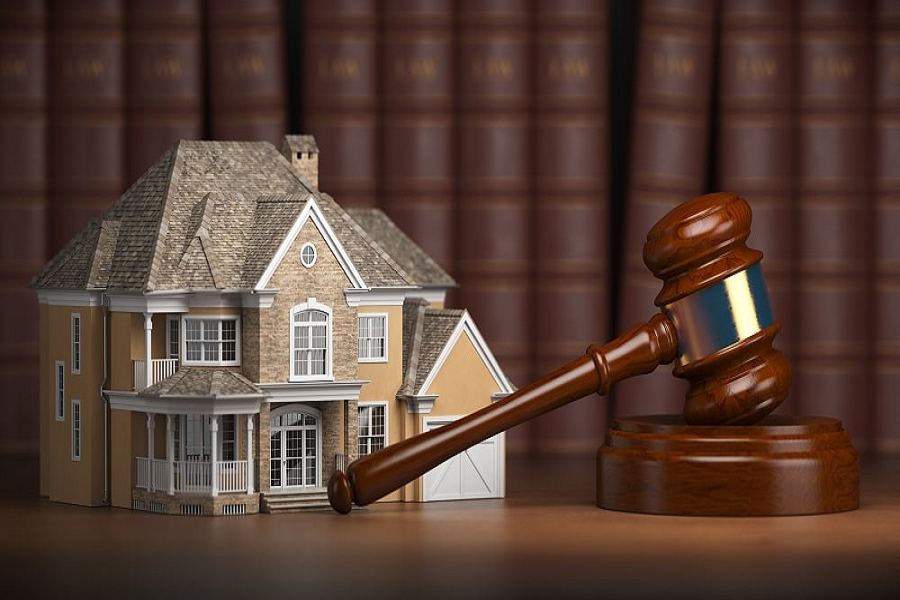In the dynamic realm of real estate, the intersection with environmental law plays a crucial role in safeguarding both public health and the integrity of our natural surroundings. The issues of contamination and compliance loom large, requiring careful navigation by real estate professionals, property developers, and regulators alike.
Understanding Environmental Contamination:
Natural pollution alludes to the presence of perilous substances in soil, water, or air, frequently coming about because of modern exercises, ill-advised garbage removal, or authentic land use. Tainted locales present dangers not exclusively to the climate yet in addition to human wellbeing, focusing on their remediation.
Legal Frameworks and Compliance:
A robust legal framework governs environmental aspects of real estate transactions and development. Consistence with ecological guidelines isn’t simply an ethical basic however a legitimate prerequisite. In the US, regulations like the Far reaching Natural Reaction, Pay, and Responsibility Act (CERCLA) lay out obligation for the cleanup of debased destinations, accentuating the standard of “polluter pays.”
Due Diligence in Real Estate Transactions:
Before acquiring or developing a property, thorough due diligence is paramount. Real estate professionals must conduct environmental site assessments to identify potential contamination issues. Phase I assessments involve a comprehensive review of historical records, interviews, and site inspections to assess potential environmental risks. If concerns arise, Phase II assessments may include soil and water testing to confirm the presence and extent of contamination.
Brownfield Redevelopment:
Brownfields are abandoned or underutilized properties with perceived or actual environmental contamination. Redeveloping brownfield sites presents a unique opportunity to revitalize communities, but it requires adherence to environmental regulations. Legal tools, such as state Brownfield programs and tax incentives, encourage developers to address contamination issues responsibly.

Regulatory Agencies and Oversight:
Natural administrative offices, like the Ecological Security Organization (EPA) in the US, assume an essential part in regulating consistence and remediation endeavors. Administrative oversight guarantees that tainting issues are tended to immediately and that people in question are considered responsible for cleanup costs.
Risk Mitigation and Environmental Insurance:
Real estate professionals often turn to environmental insurance to mitigate risks associated with contamination. These insurance policies can provide coverage for cleanup costs, third-party liability, and potential legal expenses arising from environmental issues.
Community Engagement and Transparency:
Transparency and community engagement are essential elements in addressing environmental concerns in real estate. Developers and regulatory agencies must communicate openly with communities, addressing their concerns and ensuring that redevelopment plans prioritize both environmental stewardship and community well-being.
Conclusion:
The nexus of real estate and environmental law demands a meticulous approach to navigating contamination issues and ensuring compliance with regulations. By conducting thorough due diligence, embracing responsible development practices, and fostering community engagement, real estate professionals can contribute to sustainable and environmentally conscious growth, safeguarding the planet and the well-being of future generations.









